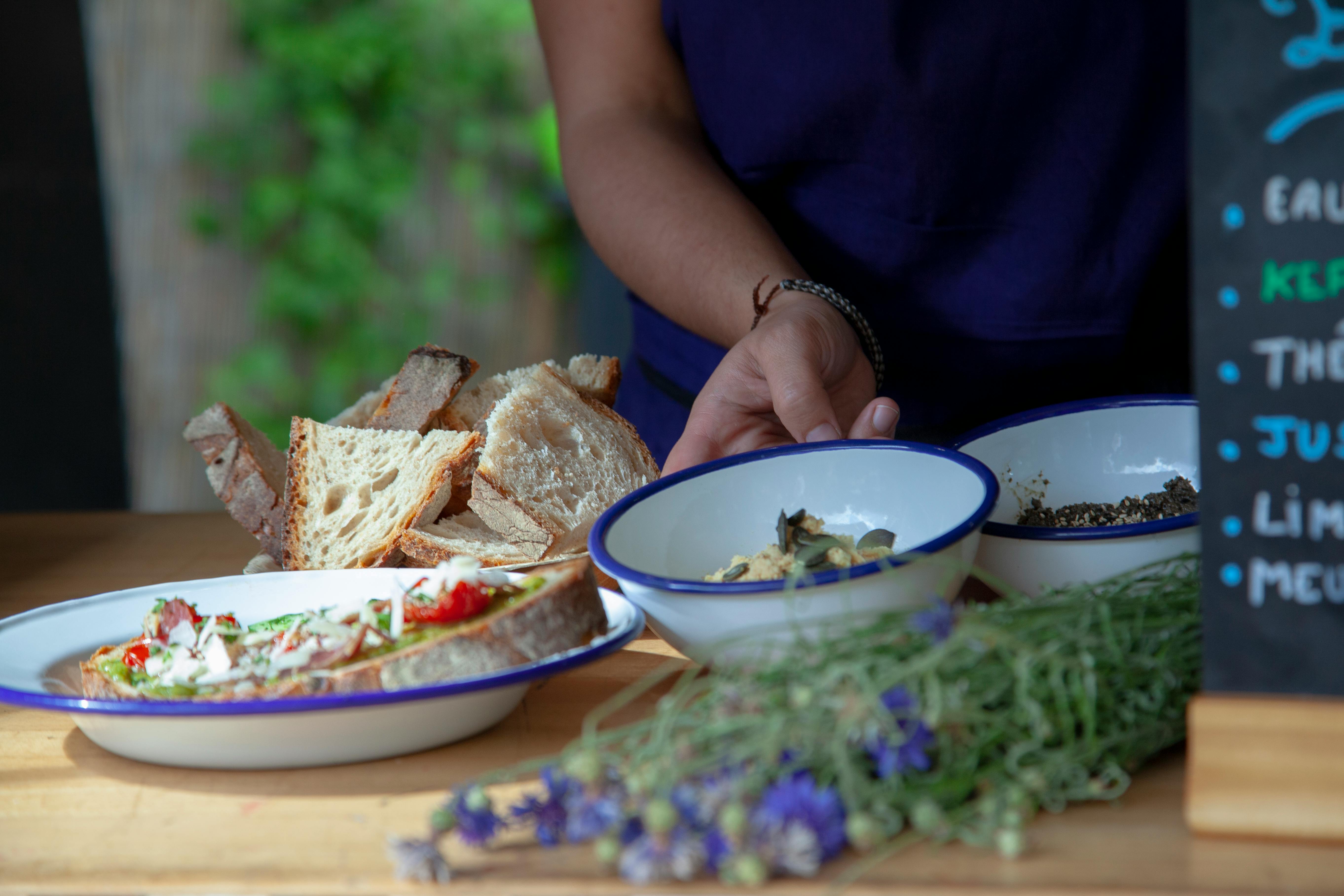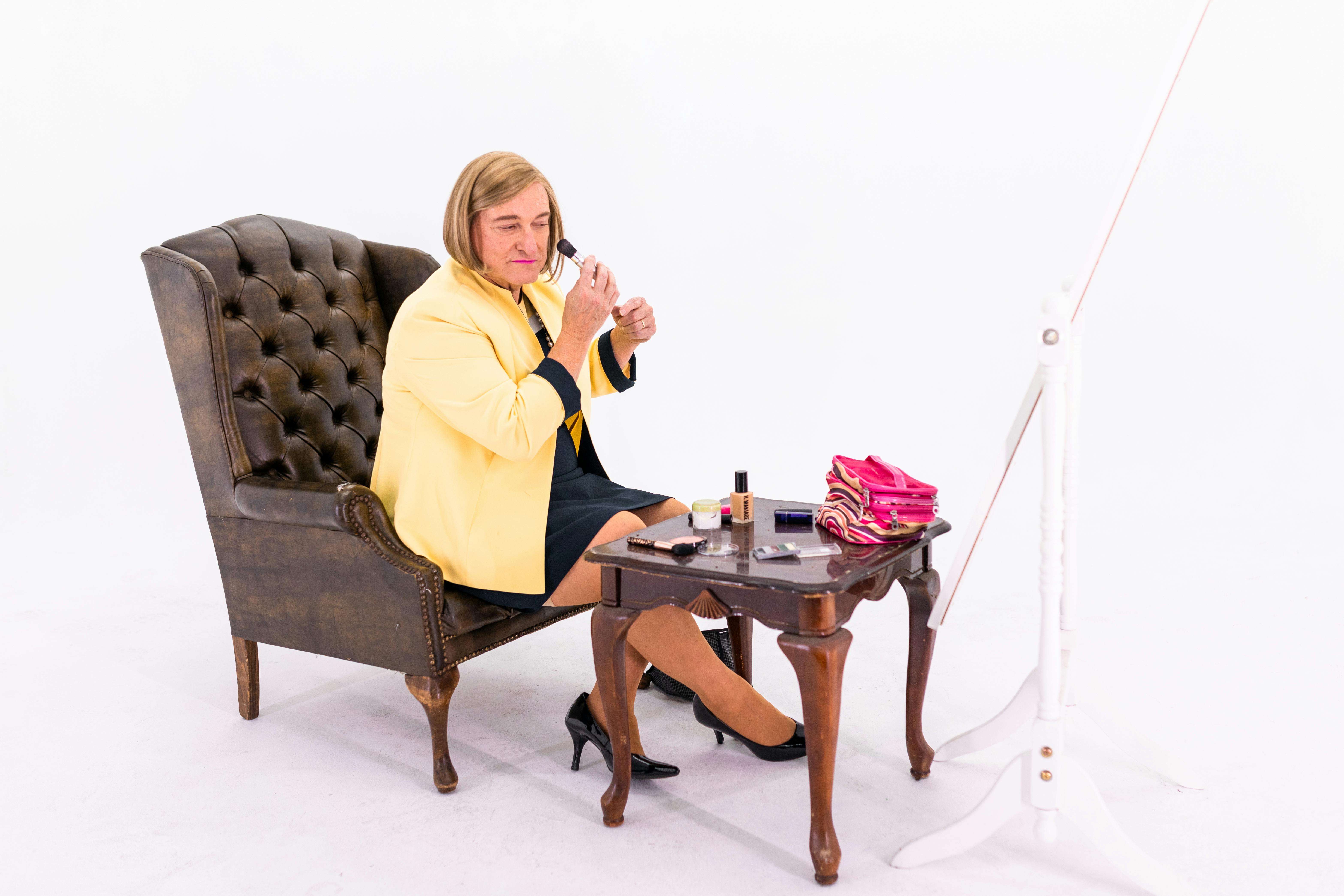
Behaviorism is a school of psychology that emerged in the 20th century. Behaviorists believe that human behavior is the result of reinforcement and punishment for certain behaviors or is the result of a response to environmental stimuli. The earliest example of behaviorist ideas dates back to Edward Thorndike’s Law of Effect in 1905. The Law of Effect states that “responses that produce a satisfactory effect in a particular situation are more likely to occur again in that situation, and responses that produce an upsetting effect are less likely to reoccur in that situation.” This is the principle on which conditioning is based.
Conditioning is the process of psychologically manipulating an animal or person to behave in a particular way. Ivan Pavlov (1902) was the first person to attempt conditioning with his dogs and therefore his type of conditioning is known as Pavlovian Conditioning or Classical Conditioning. Later, BF Skinner (1948) would extend this idea with his work on rats and develop Operant Conditioning. It was the combination of classical and operant conditioning that became the basis of behaviorism.
classical conditioning
Ivan Pavlov first discovered conditioning when he was working on gastric function in dogs. He collected and analyzed their saliva, but noticed that the dogs salivated before they were given food and even when the person feeding them approached. Pavlov realized that dogs had come to associate their feeders with the food itself and began experiments to examine this.
Pavlov noticed that dogs had responses to certain stimuli that were genetically programmed into them. For example, dogs salivating when presented with food would be an unconditioned response (UR) and the food itself would be an unconditioned stimulus (US). It would then be possible to pair a neutral stimulus (NS) with the unconditioned stimulus (US) to produce a conditioned response (CR). A higher pairing frequency of neutral stimuli (NS) and unconditioned stimuli (US) makes conditioning more likely to occur.
For example, Pavlov (1902) rang a bell (NS) just as the dogs received food (US). This causes the dogs to salivate (UR). After enough pairings, the dogs come to associate the sound of the bell with the presentation of food, so the sound of the bell was enough to produce salivation. The sound of the bell had become a conditioned stimulus (CS) and salivation had become a conditioned response (CR).
Extinction, Generalization and Discrimination
Conditioning, in this way, is more effective if the neutral stimulus (NS) slightly precedes the unconditioned stimulus (US). If the unconditioned stimulus (US) produces a strong reaction, conditioning will occur more quickly. Also, in a process called extinction, the conditioned response (CR) caused by the conditioned stimulus (CS) will weaken over time if it is not strengthened by pairing the conditioned stimulus (CS) with the unconditioned stimulus (US). Conditioning can also be generalized. That means that a stimulus similar to the conditioned stimulus (CS) will produce a weaker conditioned response (CR). However, if presented with a neutral stimulus (NS) that is similar to the conditioned stimulus (CS), the dog may not react. This means that the dog has discriminated the neutral stimulus (NS) and requires a closer stimulus to produce the conditioned response (CR).
emotional conditioning
Emotional conditioning refers to instances of classical conditioning that produce an emotional response. It is about associating neutral stimuli (NS) with stimuli that naturally produce an emotional reaction. The types of conditioned responses (CRs) caused by emotional conditioning include our fears and phobias, the products we buy, and can even produce drug cravings in former drug users. A phobia can be induced when a neutral stimulus (NS) precedes an adverse one such as the rat phobia that Watson and Rayner (1920) produced in Little Albert. The products are neutral stimuli (NS) that can be converted into conditioned stimuli (CS) that elicit an emotional response. They do this by associating themselves with celebrities and desirable life situations in advertising.
Operant conditioning
Operant Conditioning is a type of conditioning developed by BF Skinner (1948) through his experiments with rats. Based on Thorndike’s Law of Effect (1905), operant conditioning postulates that behaviors that are followed by a positive state of affairs are more likely to be repeated in the future. The difference is that Operant Conditioning allows the subject to operate on her environment and introduces the ideas of reinforcement and punishment into the conditioning.
Reinforcers are things that create a “positive state of affairs.” Therefore, they increase the probability that a response will be repeated. Primary reinforcers directly satisfy a biological need like comfort or food, and secondary reinforcers are things that become associated with the primary reinforcer through classical conditioning. There are two types of reinforcement: positive reinforcement and negative reinforcement. Positive reinforcement is receiving something positive to increase the likelihood that the behavior will be repeated, such as being paid for working hard, which makes one more likely to work hard. Negative reinforcement is the removal of something negative to increase the repetition of the behavior. For example, if pressing a lever prevents you from getting electrocuted. This is also an example of escape learning.
If a subject learns to carry out a behavior to stop a negative experience, it is said that he is carrying out escape learning. Furthermore, if a subject learns to perform a behavior to prevent a negative situation from occurring, she is said to be engaging in avoidance learning. If a subject cannot perform behaviors that stop or prevent negative situations, he can become depressed. He has experienced slanting helplessness which was examined by Martin Seligman (1974) and his experiments with dogs.
Reinforcement schedules
As with classical conditioning, a behavior can undergo the process of extinction. Different schedules of reinforcement have a strong effect on the speed with which a behavior is adopted and the rate of extinction of the behavior. Ferster and Skinner (1957) created new schedules of reinforcement and examined their effect on response rate, the rate at which the behavior was repeated, and extinction rate, the rate at which the behavior ceased. The 5 reinforcement schedules are: Continuous, Fixed Rate, Variable Rate, Fixed Interval, Variable Interval.
Continuous Reinforcement: Continuous reinforcement is where the behavior is reinforced each time it is performed. It has the slowest response rate but the fastest extinction rate.
Fixed Ratio Boost: Fixed rate reinforcement is where the behavior is reinforced at a fixed rate, such as every 3 or 5 times the behavior is performed. It has a fast response rate and a decent extinction rate.
Variable boost ratio: Variable-rate reinforcement is where the behavior is reinforced in varying proportions, such as an average of every 5 times the behavior is performed. It has a fast average response rate and the extinction rate is very slow. It is the best method to condition behavior.
Fixed interval boost: Fixed interval reinforcement is where the behavior is reinforced after a fixed time, such as every 5 minutes. The response rate and extinction rate is average.
Variable Interval Boost: Variable interval reinforcement is where behavior is reinforced at random time intervals. The response rate is fast and the extinction rate is slow.
Punishment
Punishments are things that cause a negative outcome to decrease the frequency of the behavior that preceded it. Punishment is most effective when it is administered immediately after undesirable behavior, when it is applied consistently, and when it is intense enough to repress the behavior. Punishment generally suppresses rather than extinguishes behavior and does not help people develop more appropriate behaviors.
There are two types of punishment: positive punishment and negative punishment. Positive punishment is the addition of something negative, like punishing someone. Negative punishment is the removal of something positive. For example, taking away someone’s freedom for committing a crime.
Positive punishment can often be confused with negative reinforcement. The distinction lies in how negative reinforcement increases the occurrence of a behavior because it allows the subject to escape from an adverse situation. On the contrary, positive punishment decreases the probability that a behavior will cause an adverse situation.
References
Ferster, C. B. and Skinner, B. F. (1957). reinforcement schedules.
Pavlov, IP (1902). The work of the digestive glands. London: Griffin.
Seligman, MEP (1974). Depression and learned helplessness. In RJ Friedman and MM Katz (Eds.), The Psychology of Depression: Contemporary Theory and Research. Washington DC: Winston-Wiley.
Skinner, B.F. (1948). Superstition’ in the pigeon. Journal of Experimental Psychology, 38, 168-172
Thorndike, E. L. (1905). The elements of psychology. New York: AG Seiler.
Watson, John B. and Rayner, Rosalie. (1920). Conditioned emotional reactions. Journal of Experimental Psychology, 3, 1-14.








